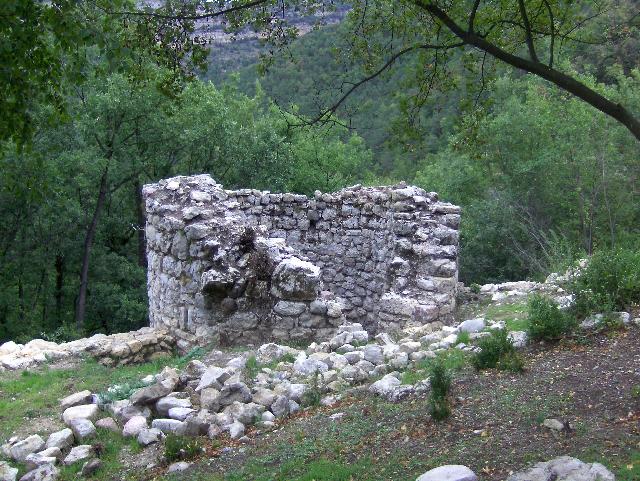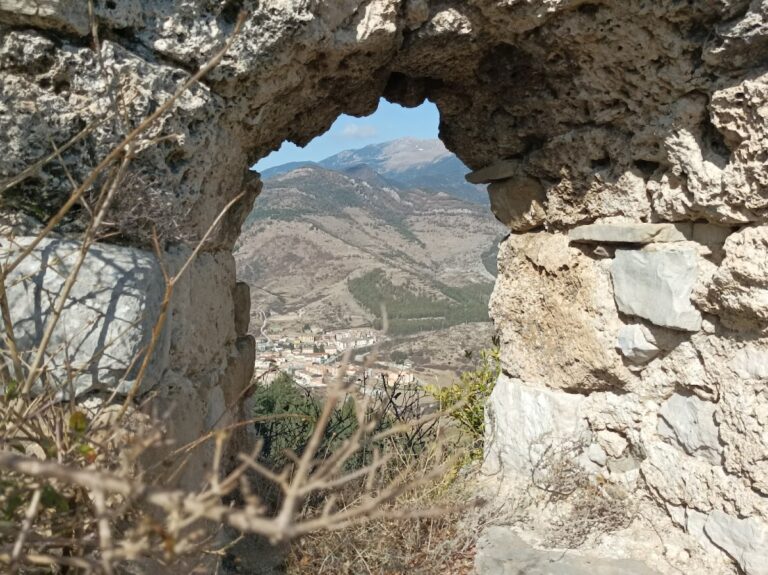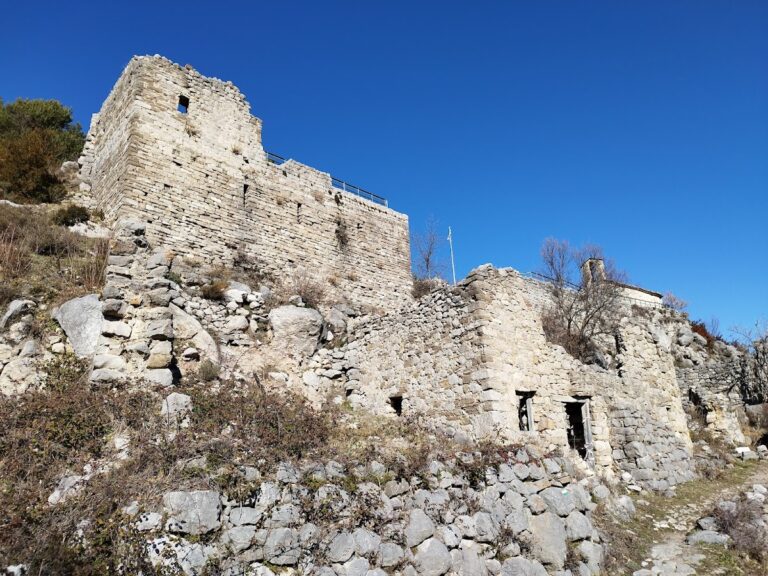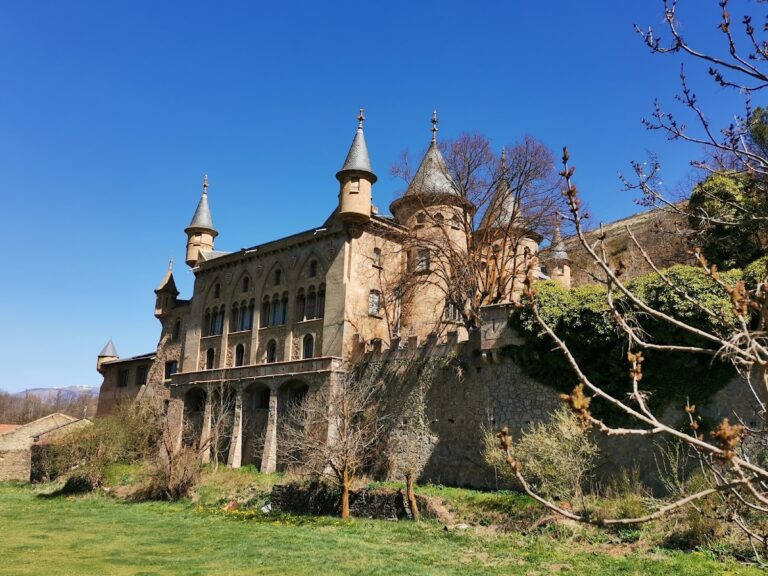Castell de Guardiola: A Medieval Fortress in Catalonia, Spain
Visitor Information
Google Rating: 3.8
Popularity: Very Low
Google Maps: View on Google Maps
Official Website: www.guardioladebergueda.cat
Country: Spain
Civilization: Unclassified
Remains: Military
History
The Castell de Guardiola is located in the municipality of Guardiola de Berguedà, Spain. Its origins trace back to the early Middle Ages when it was constructed by the medieval Catalan civilization.
The earliest mention of the site, recorded in 939, describes a “rocha de Guardiola,” which likely refers to a rocky height that may have supported an initial watchtower. This primitive fortification probably appeared between the 9th and 10th centuries. Its primary purpose was to oversee the access to the upper Llobregat basin and the surrounding valleys, forming part of the border area between the medieval counties of Cerdanya and Berga.
By 962, the tower had possibly come under the control of the monastery of Sant Llorenç prop Bagà through a land grant made by Count Sunifred of Cerdanya-Besalú. This religious institution played a significant role during the castle’s early period, holding at least part of the territory and estate associated with the fortification.
Throughout the later medieval era, Castell de Guardiola became a center of political tension. It was caught in disputes involving the monastery, regional noble families such as the barons of Pinós, and the competing interests of rulers from the crowns of Mallorca and Aragon. In 1327, King Alfonso IV of Aragon purchased half of the castle’s ownership from the monastery, sparking violent clashes with local noble factions. Subsequently, the site witnessed military engagements between supporters of King James III of Mallorca and Peter IV of Aragon. Murmurs of warfare and sieges culminated in the expulsion of Mallorcan troops, with the castle ultimately absorbed into the Crown of Aragon by 1346.
The castle’s ownership continued to shift: in 1364 it was sold to the University of Berga, and a year later the monastery auctioned its remaining half to the baron of Pinós, fueling ongoing disputes over control and jurisdiction. During the mid-17th century Reapers’ War, the fortress served the Spanish monarch Philip IV, reflecting its continued strategic importance.
Following the conflicts of the mid-15th century, the castle was granted in 1469 to Galceran de Pinós as compensation for lands lost during hostilities with King John II of Aragon. The property briefly changed hands under military pressure but was restored to its rightful owners by 1482.
The ultimate destruction of the castle is attributed to military actions in the 17th century. Reports suggest that it was demolished in 1642 by order of Cardinal Richelieu during the French forces’ retreat. However, other sources propose an earlier destruction in the 16th century ordered by the Viceroy Marquis of Taifa.
Remains
The ruins of Castell de Guardiola occupy a hillock above the town of Guardiola, near where the Bastareny and Llobregat rivers meet. The castle’s layout reflects a defensive stronghold adapted to its terrain, with multiple walls and towers enclosing the site. The surviving stonework is fashioned from medium-sized ashlar blocks—regular but not finely dressed—laid carefully in courses that reveal the craftsmanship of medieval builders.
At the core stands the remains of the main tower, dating largely from the late 12th or early 13th century. This structure incorporates stones reused from an earlier tower, originally built near the turn of the first millennium. The main tower’s eastern wall still rises about six meters high, with a thickness exceeding one meter, giving a sense of the building’s original solidity and height.
Close by are the foundations of two circular defensive towers and evidence of two concentric layers of fortification walls. These walls once fortified the summit and mid-hill areas, particularly where the eastern slope descends less steeply. The mid-hill enclosure contained several houses, with medieval documents confirming nine hearths (households) existed there during the early 12th century and again recorded in the late 13th and early 14th centuries.
Among the circular towers, the southern one is notably better preserved. The main summit structure follows a trapezoidal floor plan approximately six meters in length and between three and four meters wide. This building shows features characteristic of the Romanesque period, connecting architectural style to its historical era.
Vegetation now obscures much of the castle footprint, but archaeological efforts have helped clarify the boundaries and layout. The defensive walls and towers together reveal a complex system designed to control approaches from the gentler eastern side and protect the castle’s summit stronghold.
Nearby lies the Old Bridge of Guardiola, positioned over the Llobregat River just below the castle. This medieval stone bridge consists of two main semicircular arches spanning approximately nine and five and a half meters, complemented by two smaller arches that lighten the structure’s weight and reduce the impact of flooding. The bridge measures about 31 meters in length and a little over three meters in width, built from roughly hewn ashlars with thin, roughly worked stones forming the arch rings.
Dating from the late 11th to early 12th century, the bridge’s upper parapets were reconstructed during the 13th century, reflecting ongoing maintenance and adaptation. This historic crossing complements the castle, together forming an integrated defensive and transportation system that underscores the strategic importance of this site for controlling valley access in medieval Catalonia.







